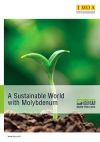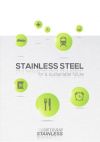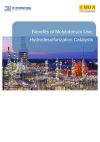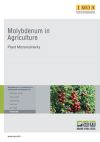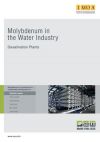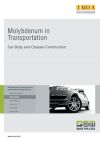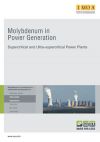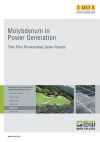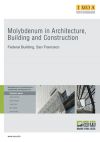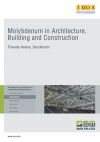Architecture, Building & Construction
Benefits of molybdenum use: The Myllysilta Bridge, Finland
02/04/2015
Duplex stainless steel provides exceptional resistance to pitting and crevice corrosion from chlorides, and is therefore ideally suited to areas exposed to coastal waters and deicing salts. This lifecycle analysis study compared the total environmental impacts of the use of duplex stainless steel containing 3.1% molybdenum to clad the Myllsilta bridge in Finland, compared with mild steel and zinc-epoxy paint. The study found a 62% reduction in global warming potential, a 67% reduction in eutrophication potential and a 38% reduction in non-renewable energy, over the estimated lifetime of the bridge. The selected option also reduced photochemical ozone creation potential by 99%, by dispensing with the need for anti-corrosion paint.


